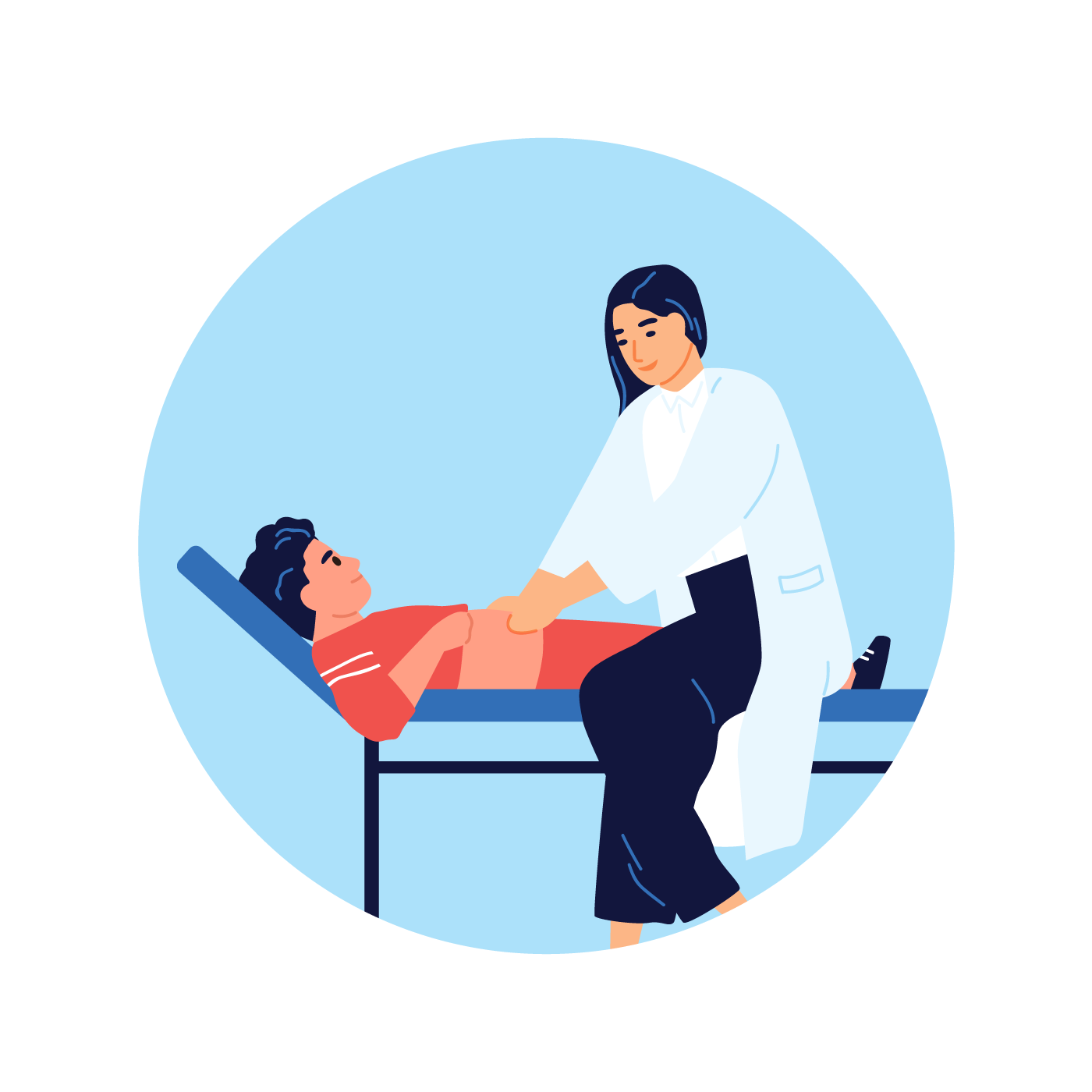Subscribe to our newsletter!
Follow the latest news from CATALIS and Clinical Trials Quebec
In Partnership With
To find out whether a treatment is efficacious and safe, clinical trials are typically done in three phases. They may sometimes include a fourth phase.
First, the potential study treatment (drug, medical device, diagnostic tool, surgical procedure, vaccine...) is tested on a few people to look at its safety (Phase I). Then, if the results are positive, the treatment is tested on a small number (Phase II) and then on a large number (Phase III) of people with a specific medical condition to test the treatment’s efficacy and safety. Even after the treatment is available on the market, it is monitored while in use by the public. Phase IV trials can sometimes be conducted during this period.

In Phase I trials, the treatment in question is usually tested in healthy people. In some cases, however, the treatment may be tested directly on people with a specific medical condition.
Several doses of the treatment are usually tested (using different groups of participants) to find out the maximum dose. Scientists can also test the best way to administer the treatment (orally, by injection...). They study what happens to the drug in the body and watch for possible side effects.

In Phase II trials, the study treatment is tested on people with a specific medical condition.

In Phase III trials, the treatment is compared with a standard treatment (or standard of care) commonly used for the medical condition being studied, or with a placebo.
Note: Phase I and II or II and III trials are sometimes conducted at the same time or are combined.

After the treatment is approved, Phase IV studies are sometimes conducted when requested by regulators, manufacturers or doctors, when the treatment is available to the public.
Phase IV studies confirm that the drugs are safe and effective under real-world conditions of use by the public.
Note: For clinical trials involving rare diseases, the duration can vary widely.